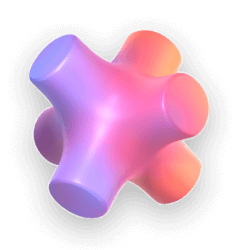Enhancing Site Performance and User Experience with A

Enhancing Site Performance and User Experience with AI: Leveraging Machine Learning for Website Optimization in the Automotive Industry
In the digital age, a website serves as the primary interface between businesses and customers. For industries like automotive, where the decision-making process is intensive and information-driven, optimizing website performance and user experience is crucial. Machine learning (ML) offers powerful tools to enhance site functionality, personalize user experiences, and ultimately drive conversions. This comprehensive article explores the application of machine learning in website optimization for the automotive industry, detailing its benefits, implementation strategies, and future potential.

Introduction to Machine Learning in Website Optimization
Machine learning, a subset of artificial intelligence (AI), involves training algorithms to make decisions or predictions based on data without being explicitly programmed. In the context of website optimization, ML can analyze vast amounts of user interaction data to continuously improve site performance and user experience.

Using Machine Learning to Optimize Automotive Websites
The automotive sector, with its complex customer journey from research to purchase, stands to benefit significantly from ML-driven website optimization.
Personalized User Experiences
ML algorithms can track individual user behavior to customize the browsing experience, displaying relevant vehicle models, promotions, and content. For instance, if a user shows interest in SUVs, the website can dynamically highlight SUV features, reviews, and special offers.
Implementing Machine Learning on Automotive WebsitesData Collection and Analysis
Collect comprehensive data on user behavior, including click-through rates, navigation paths, and interaction times. Machine learning models require large datasets to learn effectively and make accurate predictions.
Future Trends in ML for Website OptimizationGreater Personalization
Future ML models will likely offer even more granular personalization, adapting not only to user behavior but also to external factors like current events or market trends.









